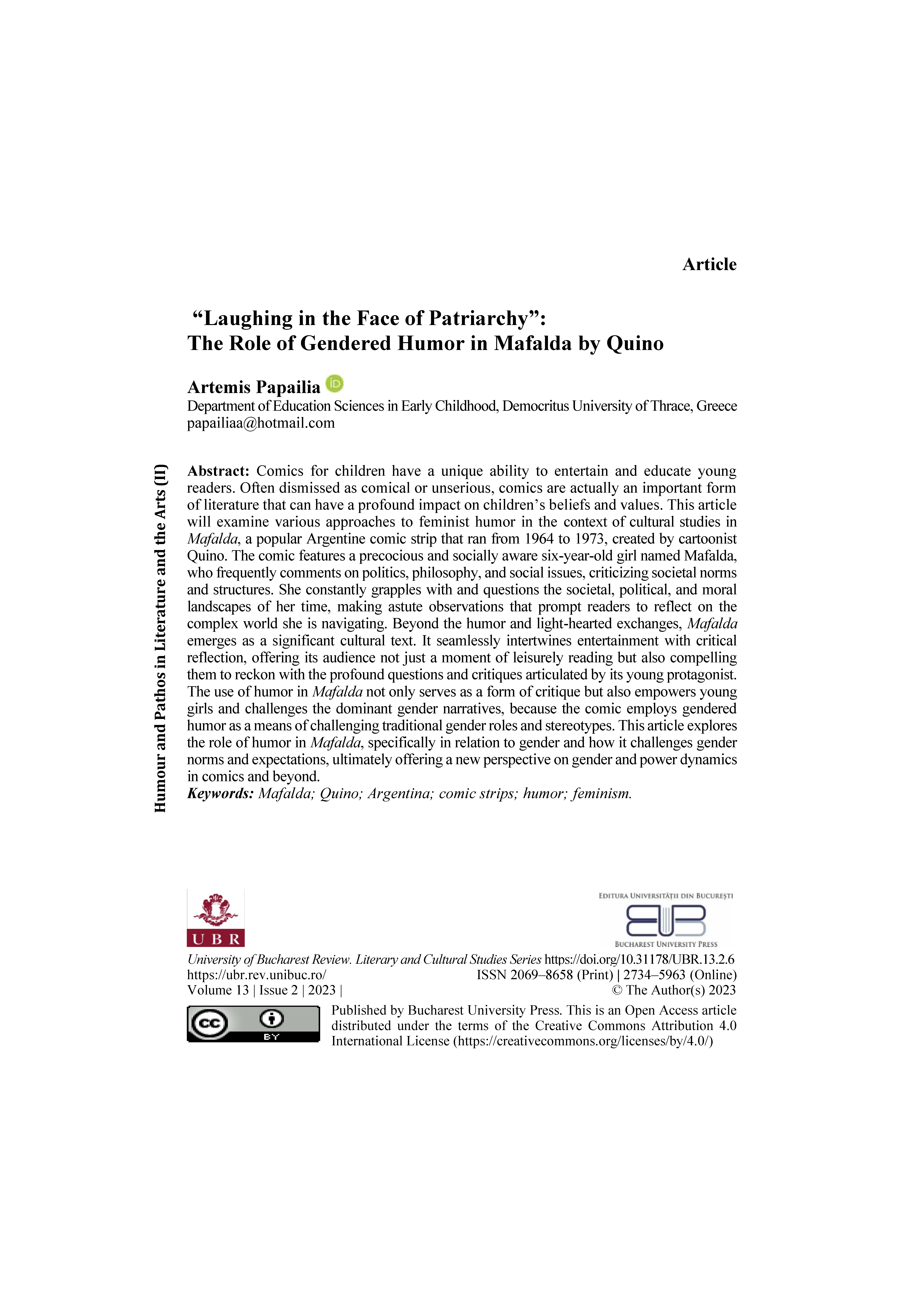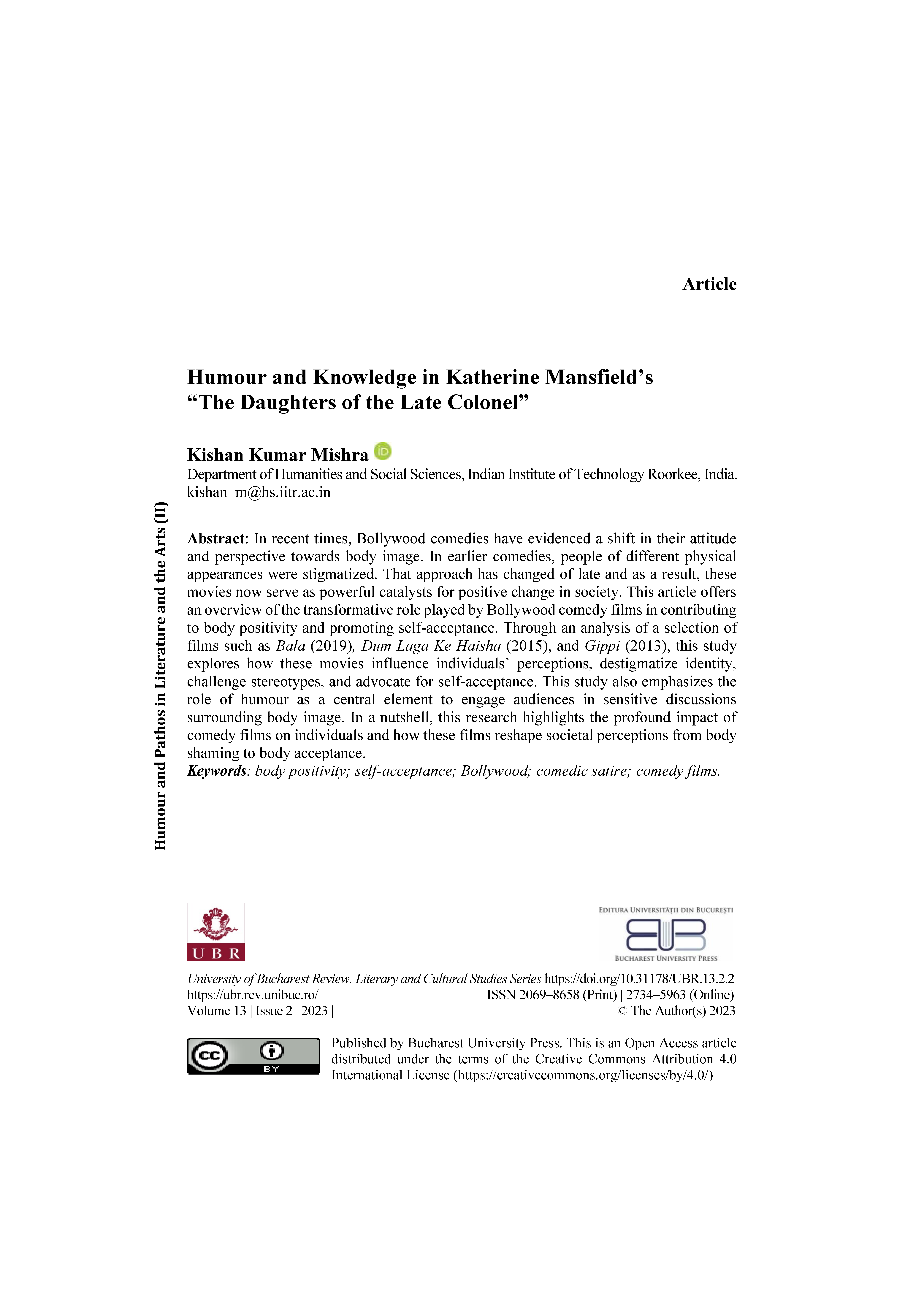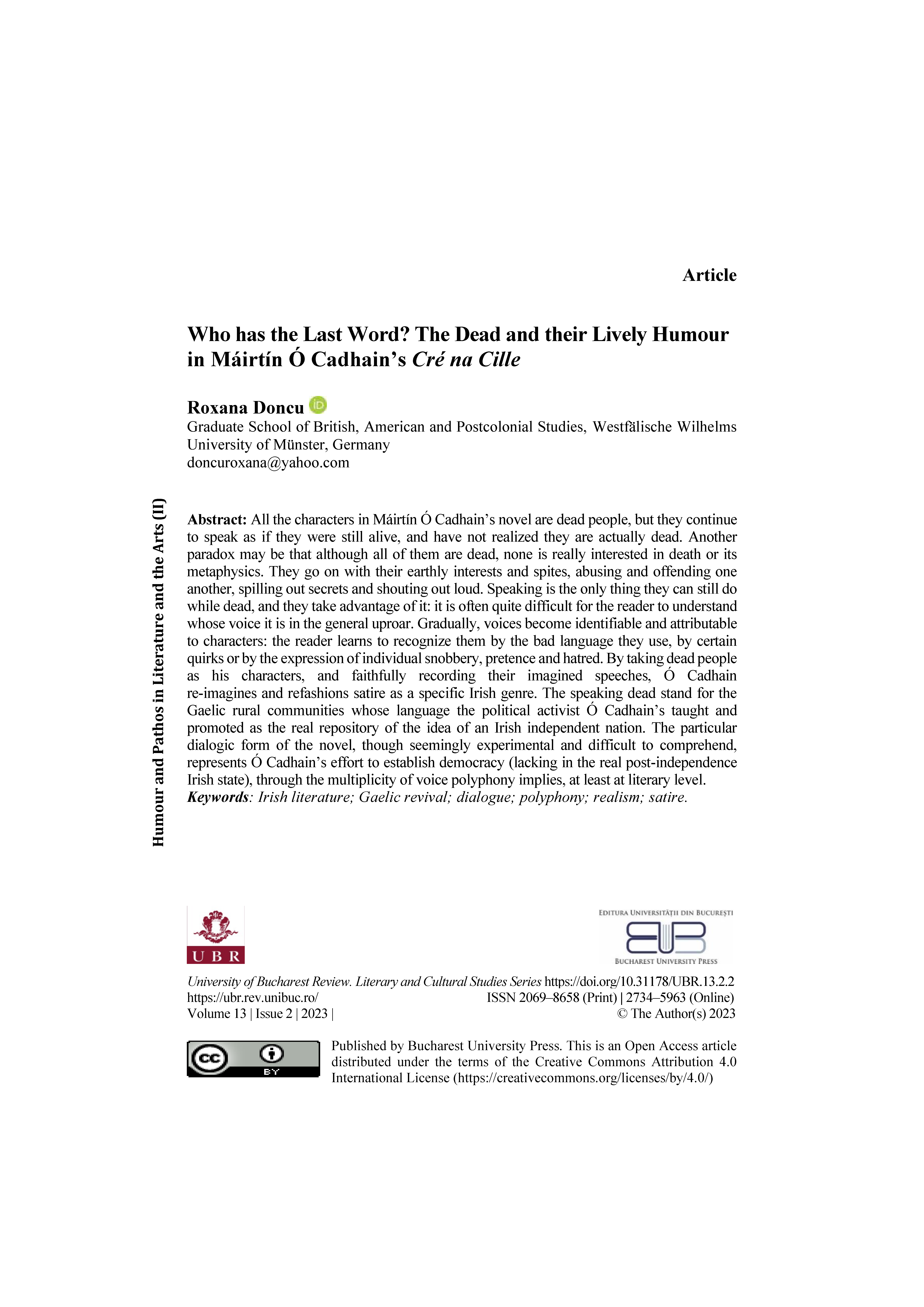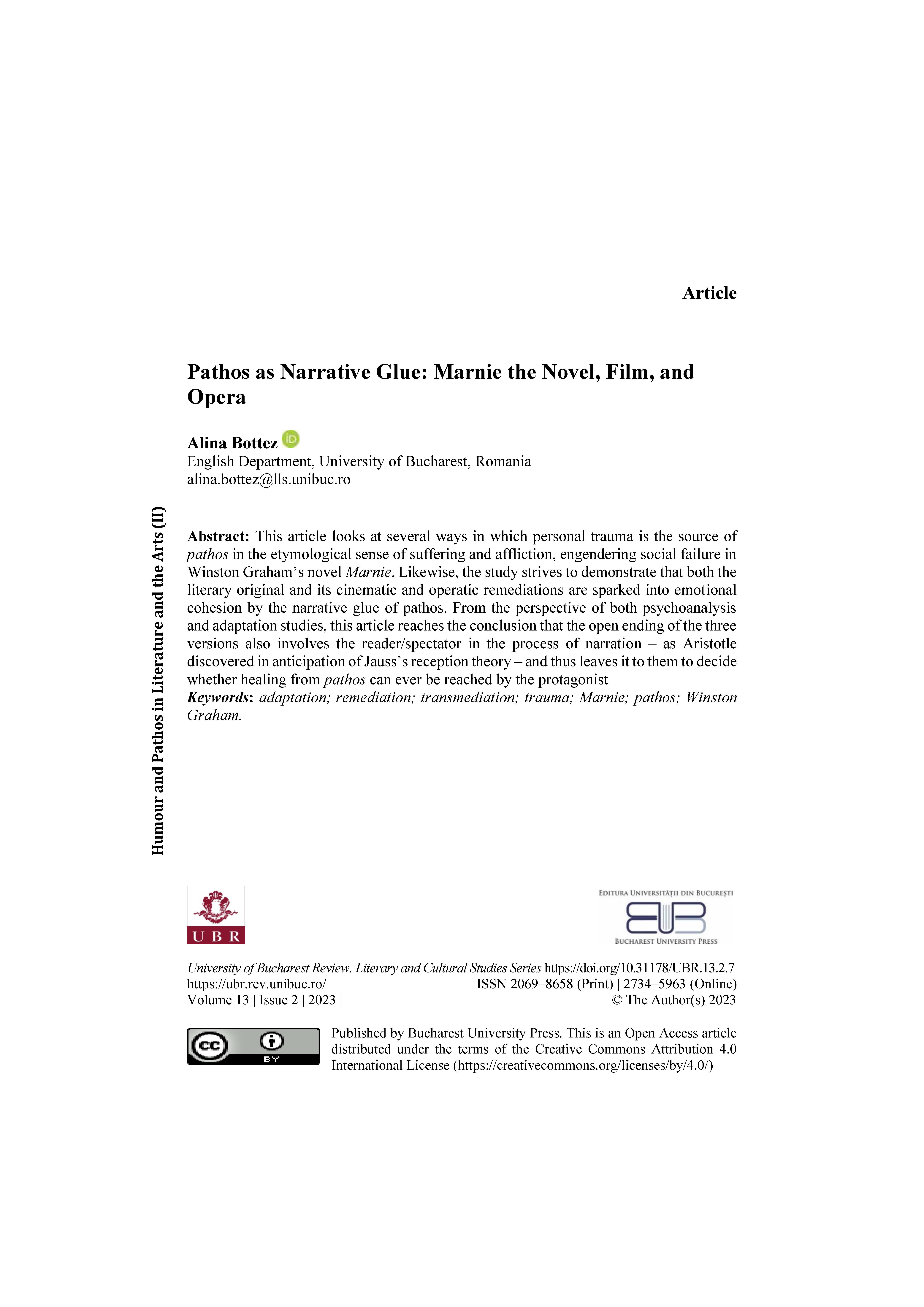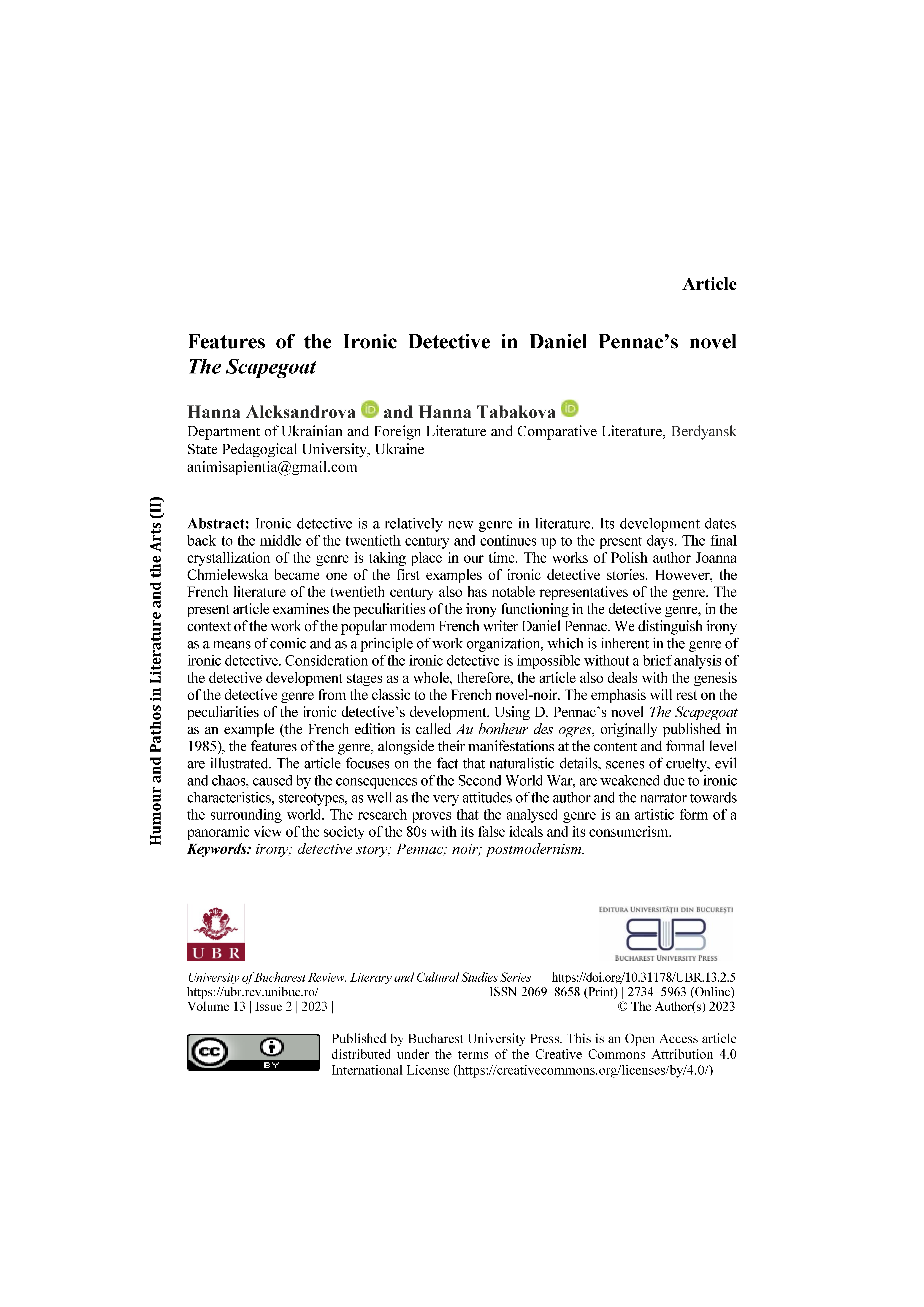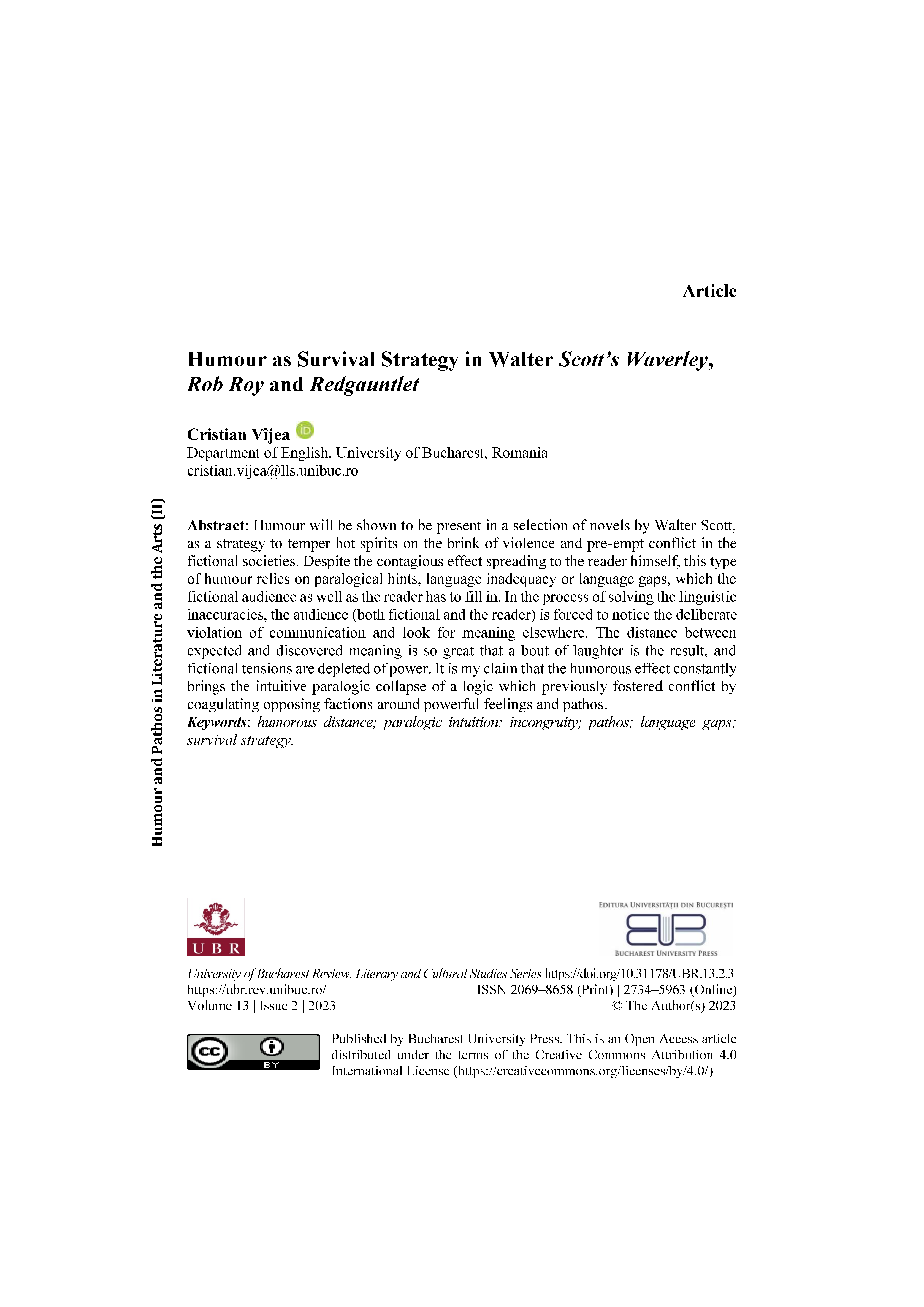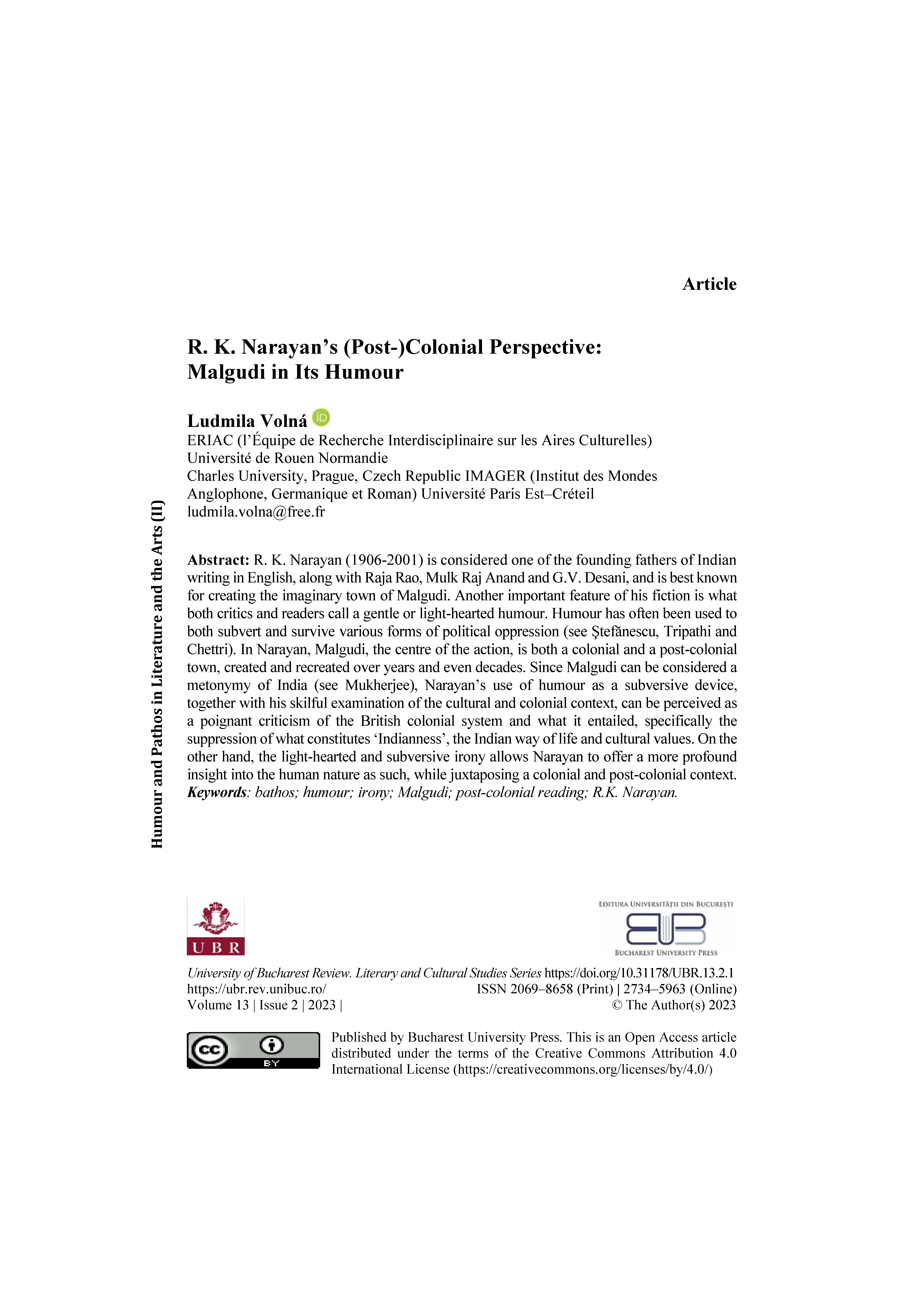About the Journal
University of Bucharest Review was founded in 1999 and has been a constant presence on the Romanian academic scene ever since. Over the years, we have published issues bearing such diverse titles as Fictions of Nature, Genres and Historicity, Durability and Transience, Writing the Self, or Modernity: The Crisis of Value and Judgment which include papers focusing on various topics from the fields of critical theory, literary criticism, social anthropology, British, American and Canadian cultural studies, translatology, comparative literature, the study of nationalism and postcommunism.
We have always encouraged all contributors to approach these topics in an unbiased and open manner, so that their papers would reflect the current controversies on the role of literature in the humanities and in society at large, the contentious relationship between cultural theory and cultural practice, the unstable balance between centre and margin, the elusive nature of truth, the fluctuations of cultural identities, norms and values in today’s world, regarded both as a global village and as a cluster of competing local cultures.
The journal’s originality lies primarily in the following cherished values: 1. inclusiveness: open to both literature-centered, and culture-centered scholarship, both theory, and practice/ applied analysis, and coverage of the entire English-speaking space; 2. pluralism: no theoretical or ideological partisanship, pooling scholars from all areas of the world, all national and academic cultures; open-minded engaging of contentious subjects; 3. extended cultural discourse studies: screening the entire field of applicability for the notion of discourse and discourse studies as a suprasegmental concept, meant to bring together under the same umbrella critical theories, literary criticism, social anthropology, British, American and Canadian cultural studies, translation theories, comparative literature, as well as the study of nationalism and post-communism, visual culture and performance arts.
UBR publishes two issues at the end of each calendar year.
Current Issue
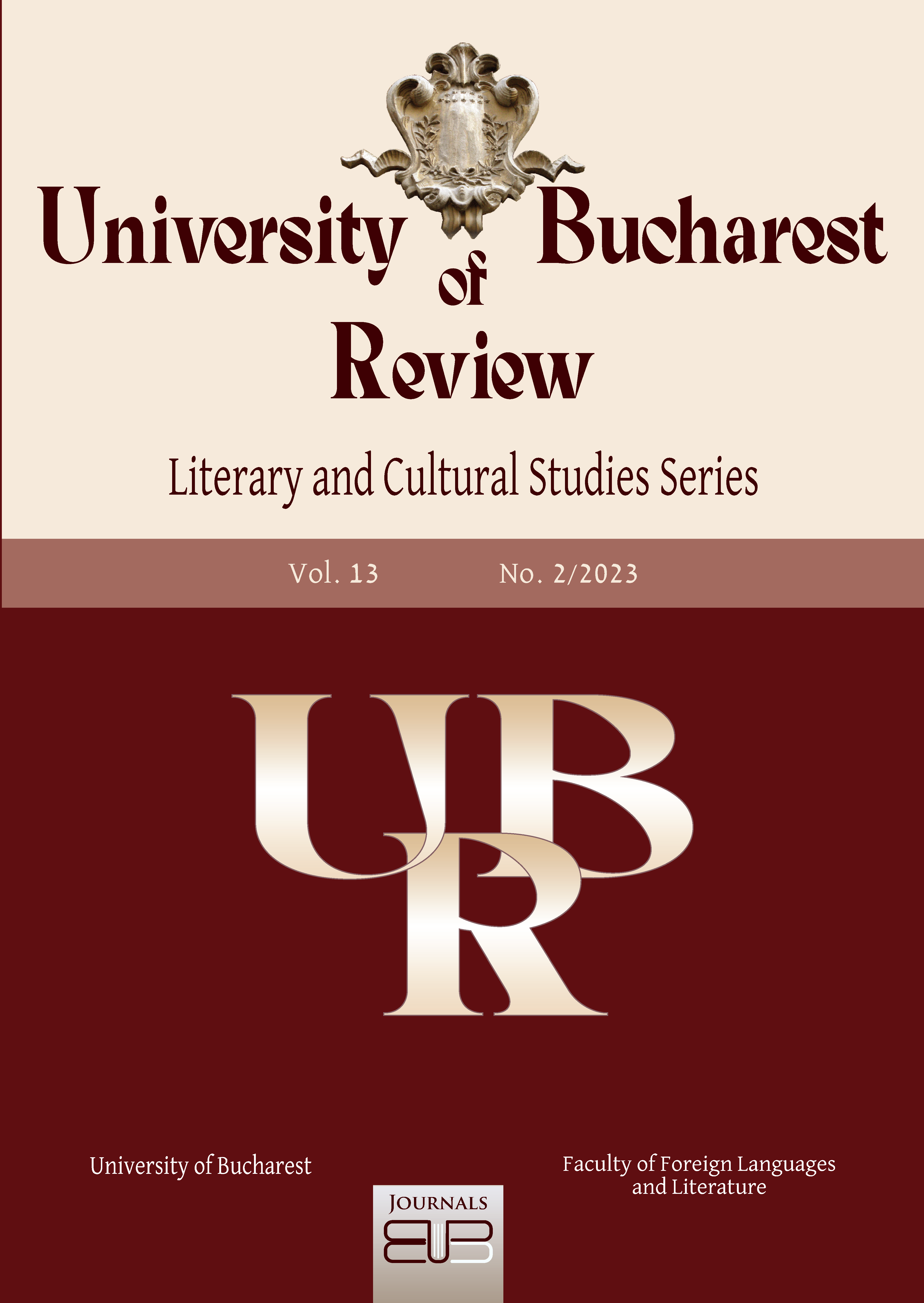
The journal’s originality lies primarily in the following cherished values: 1. inclusiveness: open to both literature-centered, and culture-centered scholarship, both theory, and practice/ applied analysis, and coverage of the entire English-speaking space; 2. pluralism: no theoretical or ideological partisanship, pooling scholars from all areas of the world, all national and academic cultures; open-minded engaging of contentious subjects; 3. extended cultural discourse studies: screening the entire field of applicability for the notion of discourse and discourse studies as a suprasegmental concept, meant to bring together under the same umbrella critical theories, literary criticism, social anthropology, British, American and Canadian cultural studies, translation theories, comparative literature, as well as the study of nationalism and post-communism, visual culture and performance arts.


